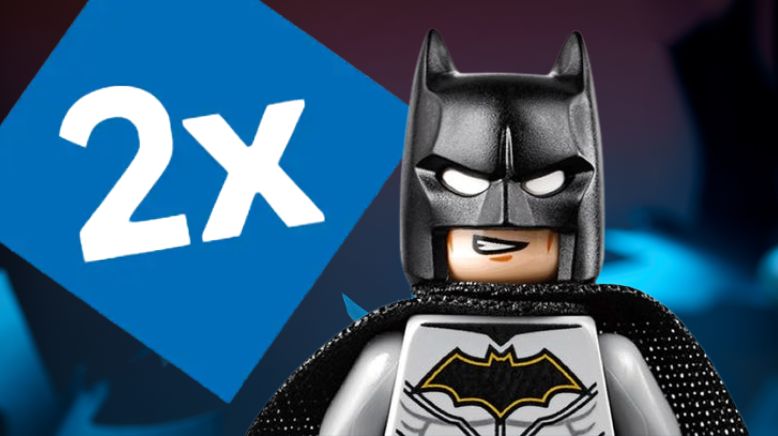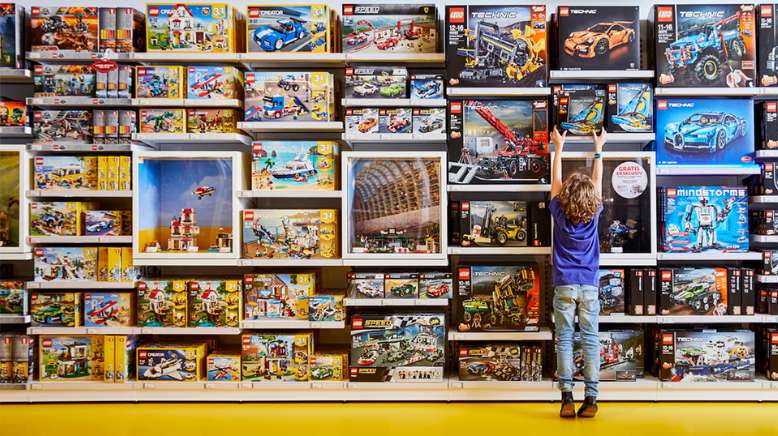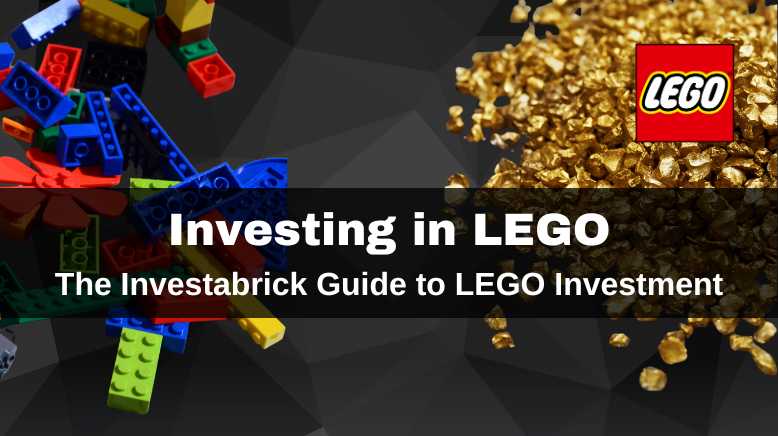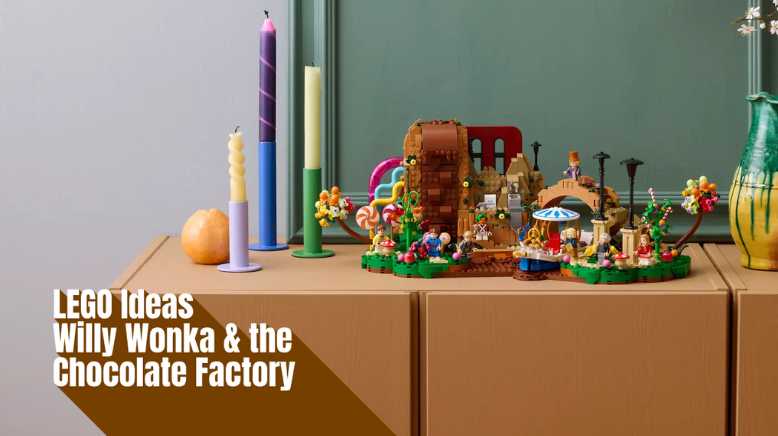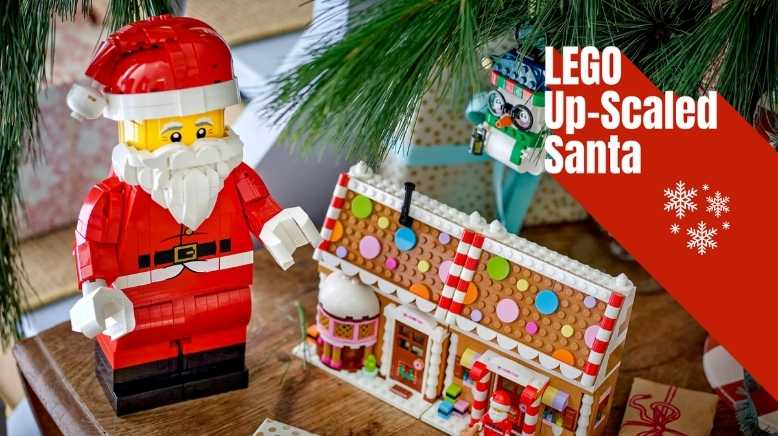Why LEGO’s Cost per Piece Is Rising — Investor Guide
Published: 3 weeks ago
Last Updated: 2 weeks ago
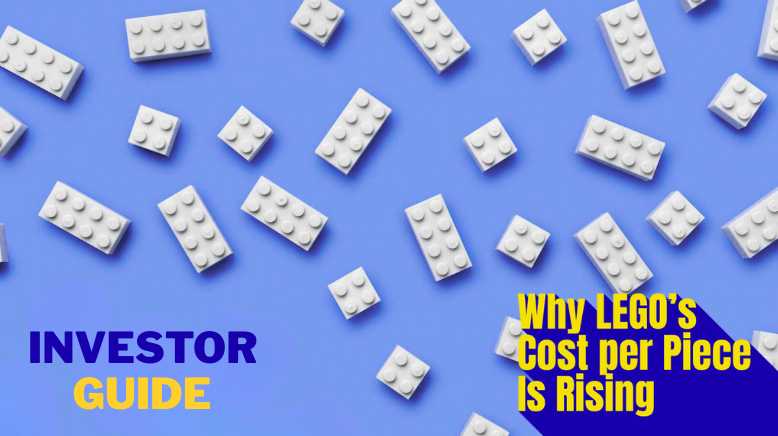
Why LEGO’s Average Cost per Piece Is Rising (and What Investors Should Do About It).
Quick Summary
- The average cost per piece (price divided by piece count) is drifting up because of bigger elements, new moulds, licences, premium printing, electronics, logistics costs, and tighter discounting.
- Cost per piece is a blunt tool. Tiny parts make the metric look cheap; large panels make it look expensive — neither guarantees good returns.
- Investors should focus on value drivers (minifigures, licences, display appeal, scarcity, buying discounts, retirement timing) rather than just the maths.
- You can still win by buying well below the recommended retail price, stacking free gifts from LEGO, targeting themes with durable demand, and setting clear exit plans.
Cost Per Piece: What it is (and What it isn’t)
Cost per piece (CPP) = set price ÷ number of pieces. It’s a quick way to compare sets, but it hides important detail:
- A set stuffed with 1×1 tiles and studs will look cheap per piece, even if the build is small.
- A display model with large bespoke panels or electronic parts will look expensive per piece, even if the finished model is huge and impressive.
- Minifigures, prints, and new moulds have costs that CPP doesn’t capture.
Investor rule: use CPP as a sanity check, not a buy signal. Always layer in theme strength, minifigure value, likely discounts, and retirement timing (when LEGO stops making the set).
Why cost per piece is going up on newer sets
Here are the main drivers we see across recent waves:
- Bigger parts, fewer micro‑fillers
- Adult‑aimed sets often use large curved panels, pre‑formed sub‑assemblies, and smooth finishes. Fewer tiny greebles = higher CPP on paper, even when the model size and display value are excellent.
- New moulds and colour expansions
- Fresh elements (or rare colours) add tooling and inventory costs that must be recovered within a set’s life.
- Licensing fees
- Star Wars, Marvel, Disney, automotive brands, gaming IP — licences are not free. Royalties lift the sticker price and the apparent CPP.
- Premium prints over stickers
- Printed parts cost more than sticker sheets but improve the build and resale value. CPP rises; perceived quality rises too.
- Electronics and specialist parts
- Motors, lights, hubs, and large Technic tyres/frames push up the bill of materials while contributing relatively few “pieces.”
- Packaging, energy and logistics
- Fuel and energy costs, freight, and retail distribution have risen. Even with packaging right‑sizing, overheads still filter into prices.
- Sustainability initiatives
- Shifts in materials and packaging (paper bags, reduced plastics, bio‑based components in some lines) can carry transition costs.
- Regional pricing & currency
- Exchange rates and market‑specific strategies mean the UK/EU can see different price dynamics vs. the US.
- Less aggressive discounting
- Big retailers still run sales, but first‑year discounts on premium sets can be lighter than they were a few years ago, keeping the effective CPP higher for longer.
- Design complexity & labour
- Higher part tolerances, colour‑locking, and longer design cycles for adult display pieces add real cost, not reflected in piece count.
Why Investors Should be Careful
- CPP can mislead. High CPP doesn’t mean “bad”; low CPP doesn’t mean “good.” Judge the finished model, fanbase, and minifigures.
- Reissue risk. Popular licences can be re‑imagined; new versions cap upside on older sets.
- Box condition matters more when prices rise. If you’re planning a long hold, corners and seals become the difference between average and premium sale prices.
- Cashflow traps. Expensive flagship sets tie up capital. If you can only buy one big box, your risk isn’t diversified.
What to Expect Next (12–24 Months)
- A gentle upward drift in headline pricing and continued focus on adult display sets with large elements and prints.
- Selective printing (logos/tiles) on premium lines; stickers won’t disappear but may shift by theme.
- Targeted discounts rather than blanket markdowns; more value in timing and bundling (for example, combining purchases with a free gift from LEGO during promo windows).
- More iconic licences and designer collaborations that carry higher perceived value — and higher CPP on paper.
How Investors Can Still Profit
1) Buy bands: set your entry price
- Aim for 15–25% below the recommended retail price through retailer sales, LEGO Insiders points, and stacking with free gift promotions.
- Track typical discount patterns at Smyths, John Lewis, LEGO.com and Amazon; don’t pay full price for widely available sets.
2) Prioritise value drivers over CPP
- Minifigures: exclusive prints/characters, army‑builders, desirable accessories.
- Theme magnetism: Star Wars, Harry Potter, Modular Buildings, Technic supercars, Icons/Architecture.
- Display appeal: how good it looks on a shelf (and how large it is) often beats the raw piece count.
3) Time your exits
- Sell into peak gift seasons (Nov–Dec) or media moments (new show/film/game).
- Many winners move within 6–18 months after retirement. If a set stalls beyond that, consider recycling the capital.
4) Use the part‑out lens (even if you don’t part out)
- Sets with low piece counts but valuable minifigures/prints can outperform, despite a scary CPP.
- Conversely, cheap‑looking CPP driven by lots of tiny parts may not translate into strong resale if the finished model is underwhelming.
5) Diversify
Spread exposure across themes, sizes, and hold times. A cart of three mid‑range winners can beat a single flagship with higher risk.
FAQs
Is LEGO “Overcharging” Now?
Not necessarily — you’re often getting bigger elements, better prints, and stronger licences. The metric went up; the perceived value often did too.
What’s a “Good” Cost per Piece?
There isn’t a single magic number. Compare within the same theme and size class, then factor in minifigures, discounts, and display appeal.
Do More Pieces Always Mean Better Value?
No. A tiny‑piece‑heavy set can look cheap per piece but build small. Judge the finished model and the market it appeals to.
If CPP is Rising, Should I Avoid New Sets?
No. Just buy smarter: wait for your price, target strong themes, and plan exits. Rising CPP doesn’t stop good investments.
The Takeaway
The average cost per piece is climbing, but investors who focus on buy discipline, real value drivers, and clean exits can still outperform. Keep feelings in the build room and the numbers in your portfolio — and let the hobby pay for itself.

